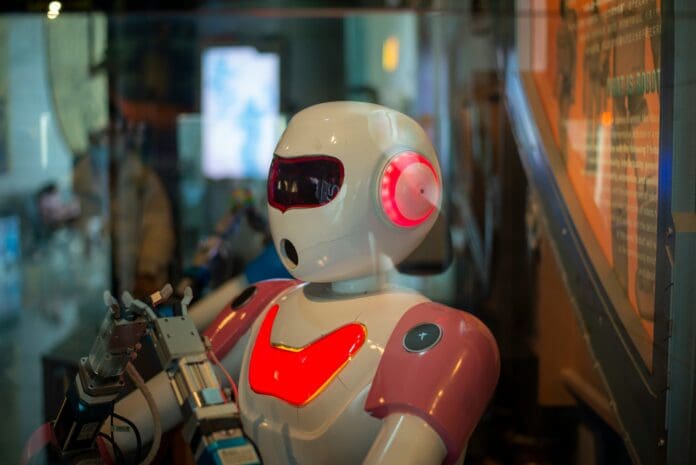This post is also available in:
 עברית (Hebrew)
עברית (Hebrew)
A recent breakthrough by MIT researchers could upgrade quality control operations in warehouses and factories. Using a novel imaging method, a robotic system can now generate highly accurate 3D models of objects hidden from view—such as items inside sealed cardboard boxes—without the need for cameras or opening the packaging.
According to the press release, the new system, called mmNorm, leverages millimeter-wave (mmWave) signals to penetrate common materials like cardboard, plastic, and thin walls. When these signals bounce off hidden objects, specialized sensors collect the reflected data. mmNorm then processes that information using a sophisticated algorithm to reconstruct the shape and orientation of the concealed item’s surface.
In practical terms, the system enables robots to determine whether a product is intact or damaged inside the box before it’s shipped. This could streamline logistics, reduce returns, and improve product integrity in the supply chain.
The technology’s performance is particularly notable. In tests, mmNorm achieved a 96% reconstruction accuracy, outperforming current mmWave-based systems, which typically manage only 78%. Researchers focused on complex-shaped items such as tools and utensils—objects that have traditionally posed challenges for radar-based imaging systems.
One of the key innovations in mmNorm lies in its use of specularity, a property describing how waves reflect off surfaces. While existing systems tend to disregard specular reflections—assuming these deflect away from the sensor—mmNorm actively estimates the angle and orientation of each surface. This allows for a much richer understanding of hidden object geometry.
The mmNorm prototype consists of a robotic arm fitted with a mmWave radar, which scans from multiple angles to gather a full picture of the obscured item. Beyond warehouses, potential applications extend to environments where robots could detect and interact with objects in cluttered or obstructed spaces.
Importantly, the system requires no additional bandwidth beyond that of conventional mmWave systems, making it both efficient and scalable for industrial use.
This development represents a significant step forward in robotic perception, blending radar science and machine learning to give machines a new form of vision—one that doesn’t rely on line of sight.


























